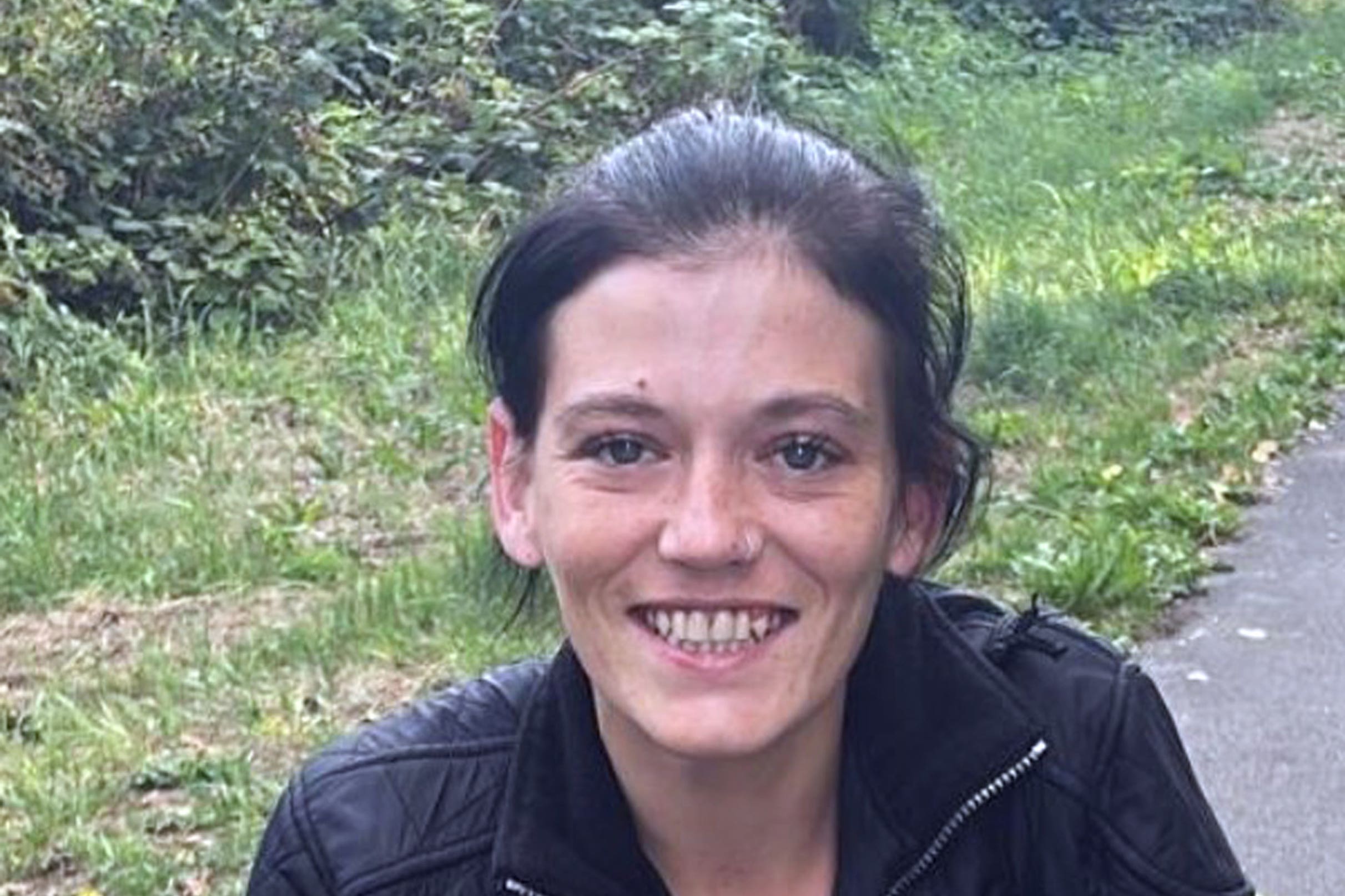No clear evidence as to how woman found near lay-by died, trial told
Sarah Henshaw’s body was found by a lay-by near the M1 several days after she was last seen alive.

There is no clear evidence as to how a woman whose body was found near a lay-by came by her death, a court has heard.
Sarah Henshaw’s body was found in woodland near a lay-by on the westbound A617 near Chesterfield, Derbyshire, on June 26 this year, having last been seen near her home in Norman Street, Ilkeston, on June 20.
The 31-year-old’s former partner, Darren Hall, is on trial at Derby Crown Court accused of her murder.
On the final day of the Crown’s evidence on Tuesday, jurors heard from consultant neuropathologist Professor Safa Al-Sarraj, who examined Ms Henshaw’s brain following her death.
We have done everything we can do to try and find an explanation for why Ms Henshaw died
He said he “could not be 100% sure” as to how she died and that he found no evidence of natural diseases, bruising or bleeding, nor were there any signs of axonal injuries – injuries to the brain’s connecting fibres – to suggest signs of trauma.
When asked whether he could provide a cause of death, he replied: “No, unfortunately not in this case.”
The Crown alleges that Hall, 36, murdered Ms Henshaw at her home on June 20 and then “callously dumped” her body near the lay-by more than 20 miles away before disposing of her belongings.
Opening the prosecution’s case on December 6, Michelle Heeley KC admitted that the Crown could not say exactly how Ms Henshaw died, but that it was “at the hands of this defendant”, with bruising on her neck “about the width of a dressing gown cord”.
Hall, of Rodney Way, Ilkeston, is due to give evidence on Wednesday, having previously claimed to police that Ms Henshaw fell down the stairs during an argument.
Answering questions from defence KC Andrew Vout, Prof Al-Sarraj said that it was pathologically possible for the brain to show no signs of a traumatic injury after death.
He said that a blow to the head could cause a person to lose consciousness and enter cardiac arrest, which would not leave any signs of injury on the brain, but it was not possible to prove or disprove this in Ms Henshaw’s case.
Earlier on Tuesday, Dr Frances Hollingbury, a forensic pathologist who conducted a post-mortem examination on Ms Henshaw, said the cause of her death remained unascertained due to her body having partly decomposed by the time it was found.
She said: “We have done everything we can do to try and find an explanation for why Ms Henshaw died.”
The trial, before Mr Justice Goss, continues.
